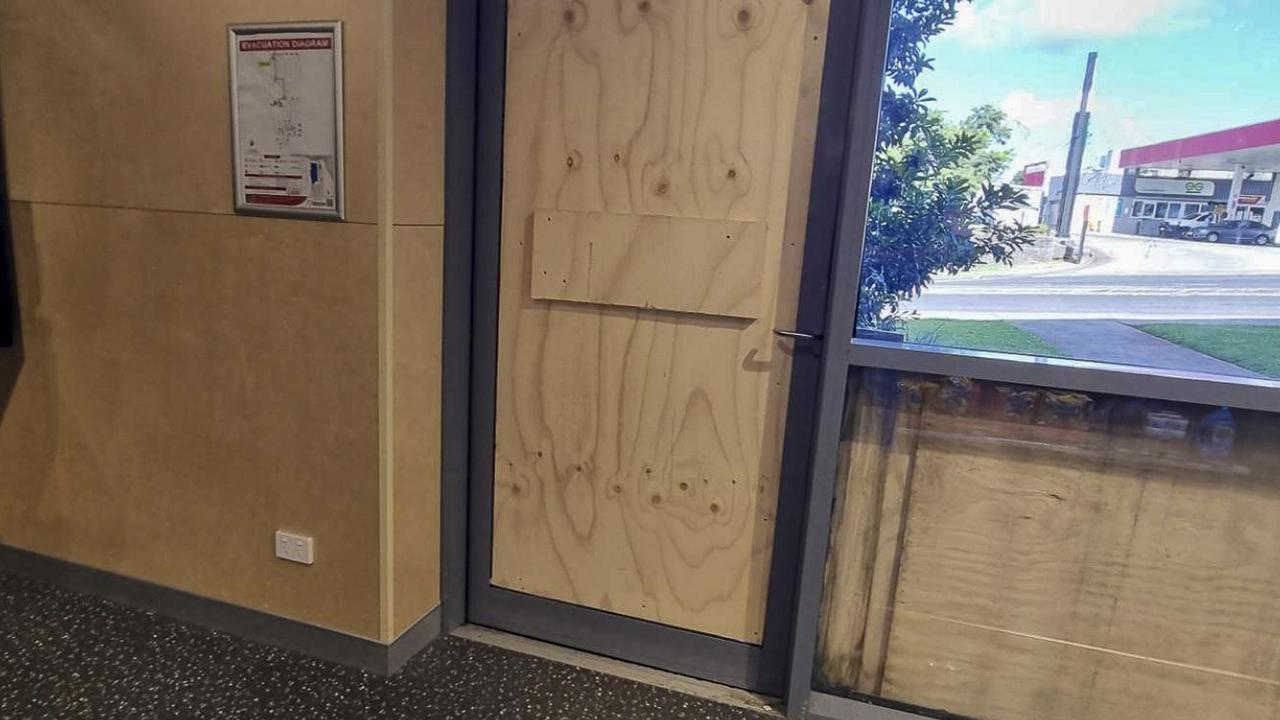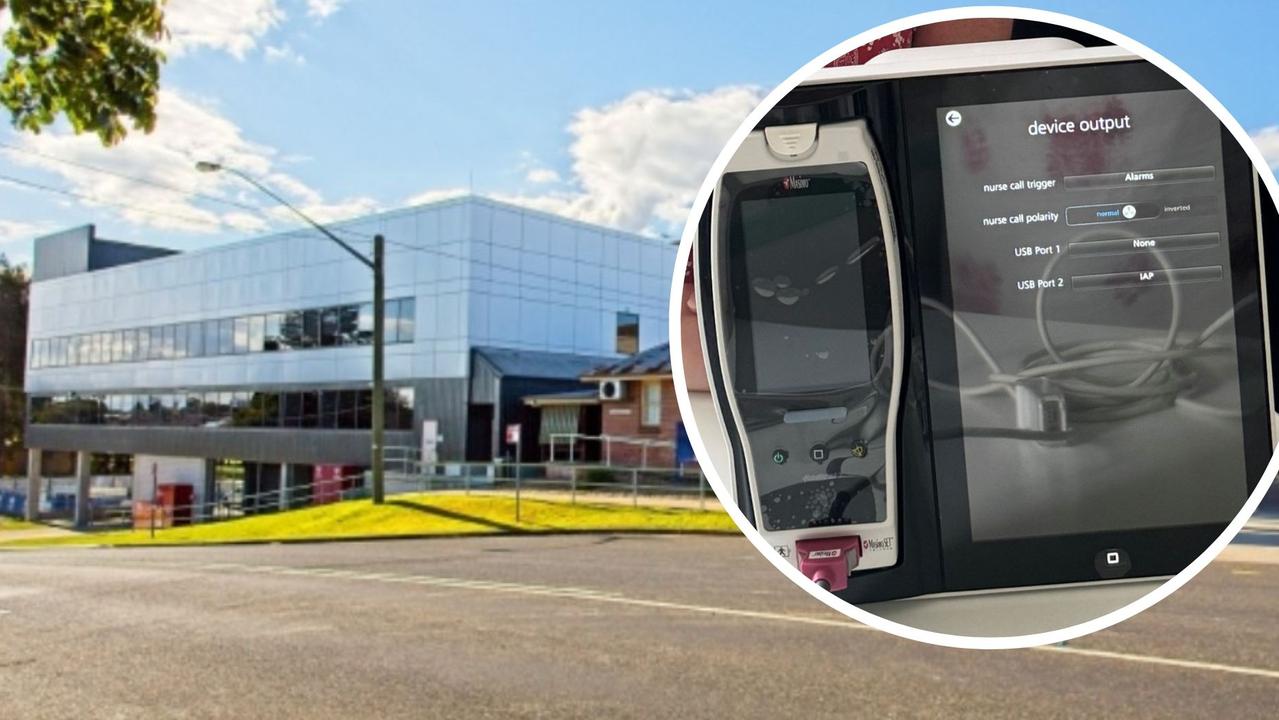Radar uncovers suspected mass grave at massacre site
RADAR site surveys appear to have uncovered one of the darkest episodes in Ipswich’s history.
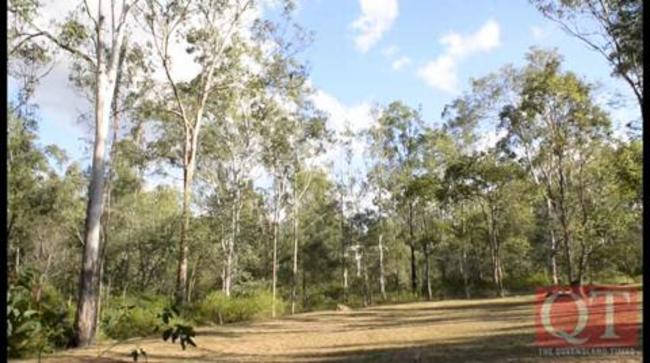
Tweed Heads
Don't miss out on the headlines from Tweed Heads. Followed categories will be added to My News.
RADAR site surveys appear to have uncovered one of the darkest episodes in Ipswich's history.
The story of a massacre at Deebing Creek in colonial times has been passed down through generations of the local Aboriginal tribes.
Indigenous folklore tells the story of a group of school children shot at the old mission site and their teacher killed in the crossfire as she tried to stop the killings.
A lone headstone marked "in loving memory of Julia, beloved wife of Arthur Ford", stands in the heritage-listed Deebing Creek Mission Cemetery at Deebing Heights.
Julia Ford died August 17, 1896, aged 30 years. Records show a school had been established at the mission by 1895 and lists the names of 25 children.
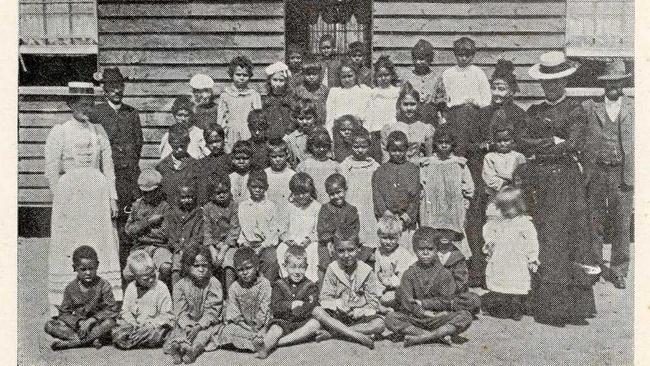
An investigation of the cemetery site using ground penetrating radar commissioned by the Department of Aboriginal and Torres Strait Islander Partnerships (DATSIP) has found what appears to be a mass grave near the headstone.
A draft report handed down last month finds that some of the images are too long to be individual human burials and "may represent burials interred using a non-standard burial tradition".
Deebing Creek Mission Association president Wade Thompson said the bodies shown in the radar imaging on the Government's gazetted cemetery did not appear to be buried in plots as they would on the consecrated ground of the old mission cemetery.
While the State Government recognises the site as the mission cemetery, Aboriginal elders told the QT in August it was the site of a massacre and the mission's Christian cemetery on consecrated ground was on the other side of Deebing Creek closer to the mission buildings.
The central mission site on the other side of Deebing Creek is now owned by Frasers Property Australia which has lodged preliminary plans to build 600 homes on the site.
DATSIP Director-General Clare O'Connor said her department was not aware of the location of a cemetery anywhere else in the area.
Ms O'Connor said there was no documented historical evidence of a mass burial in the area.
"It is important to note that Ground Penetrating Radar data contained in the report requires interpretation from a qualified geophysical archaeologist," she said.
"There is no possible way to determine what is actually below the surface without an archaeological excavation. There is currently no intention of undertaking any archaeological excavations of the reserve."
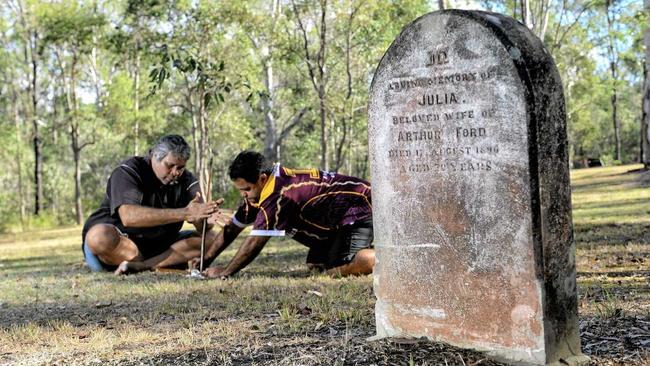
Originally published as Radar uncovers suspected mass grave at massacre site

